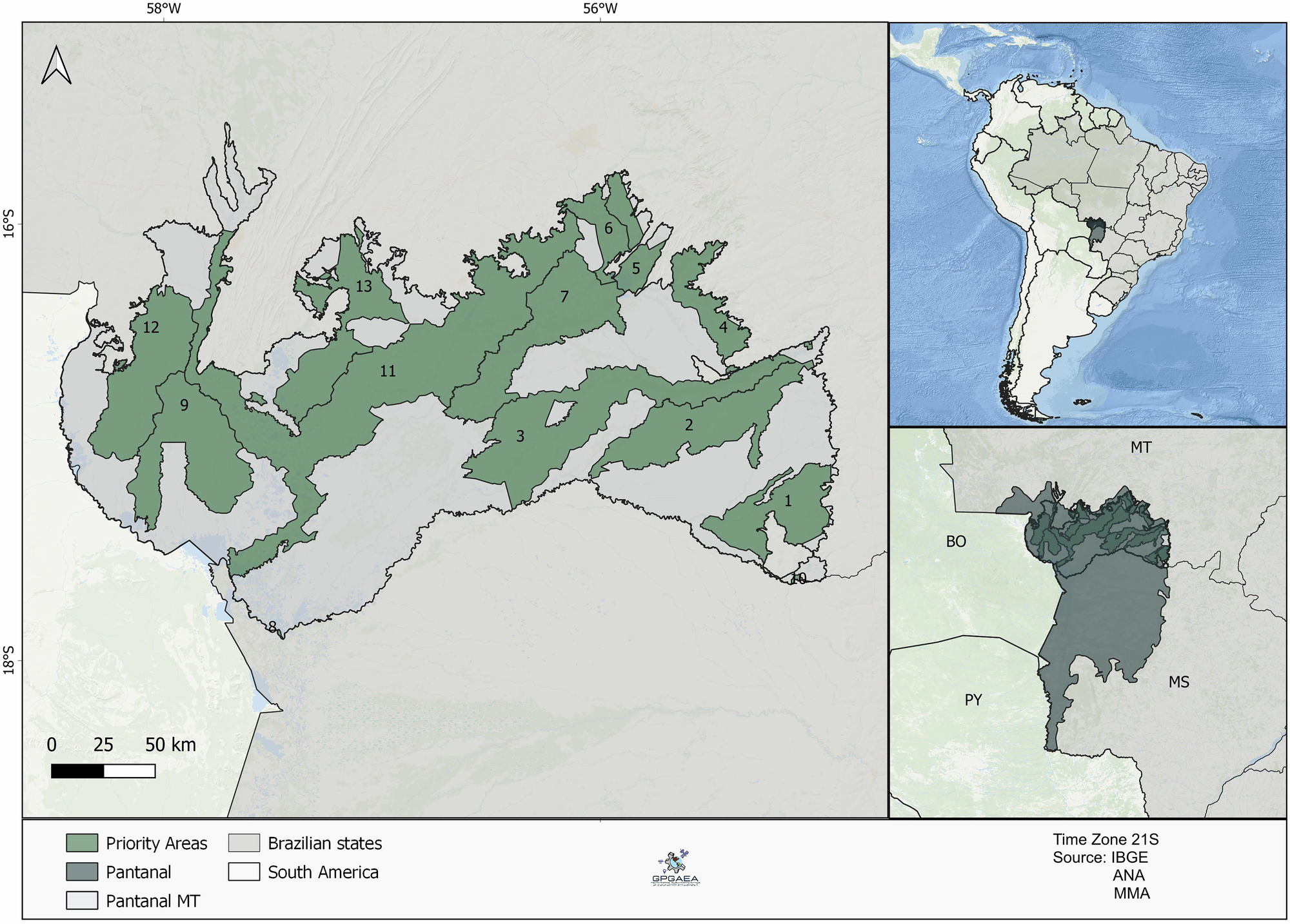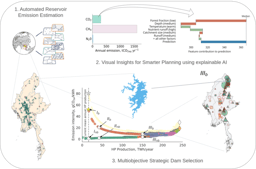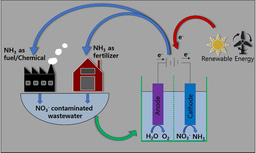Evaluating Public Policies in Fire-affected Conservation Priority Areas of the Brazilian Pantanal
Published in Earth & Environment and Sustainability

The image of the Pantanal in flames in 2020 shocked the world and put the planet's largest tropical wetland under a global spotlight. The scale of the devastation was catastrophic, consuming about 30% of the biome and leaving a trail of destruction for biodiversity and local communities. In the face of such a scenario, our focus turned not to new promises, but to the frameworks already in place. Since 2007, for example, Brazil has had "Priority Areas for Conservation" defined by public policy. The 2020 tragedy forced us to ask an inevitable question: Did these policies, designed to be our line of defense, achieve their goal when we needed them most?
This was the question that drove us to begin the research that resulted in our new article, "Evaluating Public Policies in Fire-affected Conservation Priority Areas of the Brazilian Pantanal," recently published in Environmental Management. We didn't just want to analyze laws on paper; we wanted to confront the political architecture of conservation with the harsh reality of fire.
Behind the Analysis: Deciphering the Landscape's Response
Our investigation began by overlaying two critical maps: the map of the devastation from the 2020 fires and the official map of the Pantanal's Priority Areas for Conservation. This gave us a clear picture of where the system failed to protect its most valuable assets. But to understand how the landscape's vulnerability evolved, we needed more than just a snapshot of burned areas.
To achieve this, our work centered on applying landscape metrics using three decades of satellite data (1990, 2007, and 2020). Think of it as a quantitative, long-term health assessment for the ecosystem. We specifically measured: Patch Density (PD), to track habitat fragmentation; Edge Density (ED), to quantify the vulnerable interfaces between natural habitats and human-modified areas; and Fractal Dimension (FRAC), to assess the complexity of habitat shapes. In the Pantanal, these metrics are a double-edged sword: greater fragmentation can create firebreaks, but it also increases the risk of human-caused ignitions. In contrast, more complex patch shapes create more edges susceptible to fire. These tools allowed us to move beyond simply observing change and begin to precisely measure the real-world gap between a policy's stated goals and its ecological outcomes.
Why Is This Research Relevant to Our Community?
The Pantanal is not just a Brazilian landscape; it is a world heritage site, crucial for the water and climate regulation of all of South America. The biodiversity it hosts, with iconic species like the jaguar and the hyacinth macaw, depends on a delicate seasonal balance between water and drought. The 2020 fires, exacerbated by a historic drought, showed just how fragile this balance is.
For the members of this community, researchers, environmentalists, public managers, or concerned citizens, our study offers a precise diagnosis of the "after-crisis." It serves as a warning: having policies on paper is no guarantee of protection. Our findings, unfortunately, reveal a significant gap between policy intention and practical outcomes. We identified a landscape of reactive, fragmented, and often uncoordinated actions that fail to address the root causes of the problem.
We believe that by sharing this analysis, we can stimulate a deeper conversation about how to build truly resilient environmental governance. It's not just about criticizing but about pointing out pathways forward. How can we transform the vicious cycle of disaster and response into a culture of prevention? How can we integrate scientific and traditional knowledge into the planning of fire management policies?
A Call to Action: Towards Preventive and Integrated Strategies
Our research underscores the urgent need for a paradigm shift. We must move beyond temporary bans and moratoriums and advance towards integrated fire management strategies that are preventive, long-term, and science-based. This includes strengthening environmental agencies, investing in permanent and well-equipped fire brigades, creating specific fire management plans for each conservation unit, and, crucially, involving local communities, who hold valuable knowledge about the land.
The future of the Pantanal depends on the actions we take today. We hope our analysis will serve as a tool for policymakers, researchers, and civil society.
We invite you to read the complete analysis and join the discussion on how we can, together, build more effective and lasting environmental governance for the Pantanal and other threatened biomes.
Please read the full paper to see our detailed analysis and recommendations: https://rdcu.be/ezXwM
#Pantanal #Wildfire #PublicPolicy #Conservation #EnvironmentalManagement #Brazil #ClimateCrisis #ScienceForPolicy
Follow the Topic
-
Environmental Management

Environmental Management offers research and opinions on use and conservation of natural resources, protection of habitats and control of hazards, spanning the field of environmental management without regard to traditional disciplinary boundaries.
Related Collections
With Collections, you can get published faster and increase your visibility.
Special Issue: Cumulative effects assessment, monitoring & management: State-of-the-art
The cumulative effects of natural and human-induced disturbances to terrestrial and aquatic ecosystems are among the most pervasive issues facing environmental management. Many of the policies and instruments in place to deal with cumulative effects function at local scales and often in response to specific resource development proposals, such as regulatory environmental and socioeconomic impact assessments. There has emerged in recent years a recognized need amongst the practitioner, scholarly, and decision maker communities to advance cumulative effects assessment, monitoring, and management efforts to more regional (e.g. ecosystem, watershed) scales. Doing so requires new tools and technologies, big data, regulatory and policy innovation, collaboration and partnerships, and a greater role for social considerations and Indigenous knowledge systems.
This Special Issue of Environmental Management is focused on innovations in cumulative effects assessment, monitoring, and management. We are interested in papers from all sectors and disciplines, with special attention to the following topics:
•Theoretical or conceptual advances in cumulative effects principles and frameworks
•Innovations in cumulative effects assessment methods or monitoring
•Regional frameworks for cumulative effects assessment, monitoring, or management
•Governance and institutional arrangements for improved cumulative effects analysis or management
•Determining thresholds or limits to support cumulative effects decisions
•Spatial tools and information management for assessing and characterizing cumulative effects
•Regulatory challenges and opportunities for improving cumulative effects management
•Social and cultural dimensions of cumulative effects, including legacy effects and Indigenous knowledge systems
•Lessons from innovative case studies and applications in cumulative effects assessment, monitoring or management, including Indigenous-led initiatives
Publishing Model: Hybrid
Deadline: Dec 31, 2025
Solutions for Global Sustainability in Hydropower: Balancing Water Use, Ecology, and Community Benefit
Publishing Model: Hybrid
Deadline: Mar 01, 2026






Please sign in or register for FREE
If you are a registered user on Research Communities by Springer Nature, please sign in